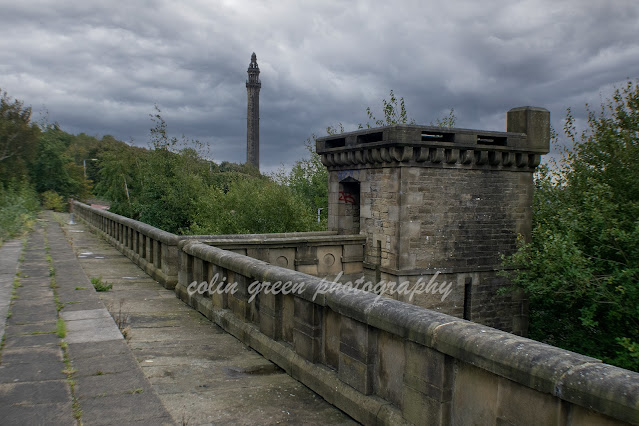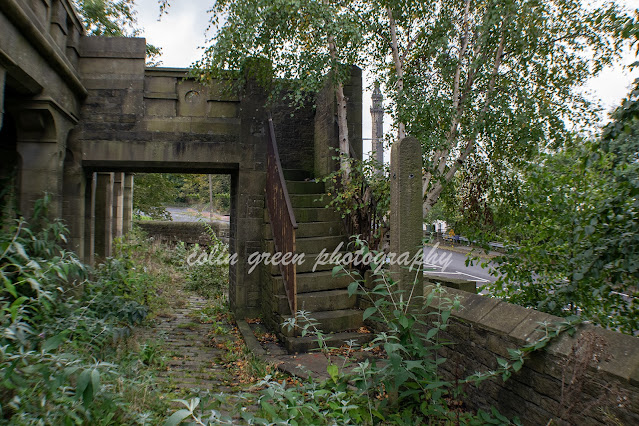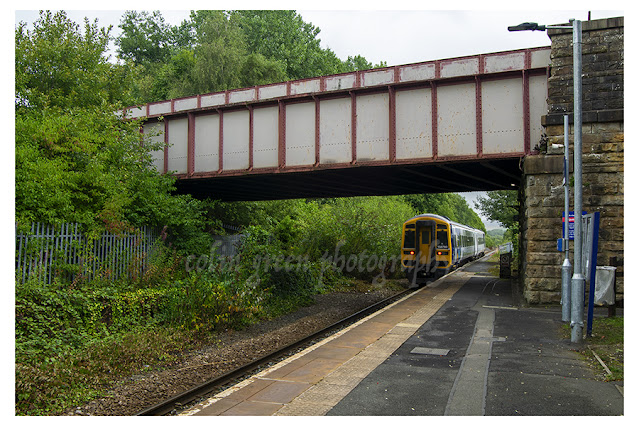On a grey, autumnal day in November 2013, a Samsung Galaxy tablet captured a series of images that perfectly encapsulate the enduring charm and rich history of Heptonstall, a village perched on the hills above Hebden Bridge in West Yorkshire. The subject of these photos, the Heptonstall Museum, is more than just a building; it's a Grade II-listed testament to centuries of change, a cornerstone of a community steeped in history.
The building that now houses the museum has had a fascinating journey through time. Its origins trace back to around 1600, when it was constructed not as a place of learning, but as a warehouse. This was a time when the woollen trade was the lifeblood of the Pennines, and Heptonstall was a bustling centre for handloom weaving. You can still see hints of this industrial past in the large first-floor windows of many local cottages, designed to maximise the light for the weavers working within.
In 1771, the building was given a new purpose when it was converted into the Heptonstall Grammar School. The photos from 2013 show the solid stone structure and classic architecture, elements that have witnessed generations of students passing through its doors. The school served the community until its closure in 1889. While the modern world moved on, the building's story didn't end there. For a time, it housed the Yorkshire Penny Bank, before finally reopening its doors in August 1972 as the Heptonstall Museum.
The museum today is a treasure trove of local history, offering a window into the past. It tells the story of the village's prehistoric beginnings and its role in significant events, including the Battle of Heptonstall during the English Civil War in 1643. One of the most captivating exhibits delves into the notorious Cragg Vale Coiners, a gang of counterfeiters who plagued the area in the 18th century. Their leader, "King" David Hartley, is buried in the nearby churchyard—one of the many historical figures whose stories are woven into the fabric of Heptonstall.
Speaking of the churchyard, it is perhaps one of the most unique in the country. It is home to not one, but two churches. The ruins of the Church of St Thomas a Becket, founded in the 13th century and severely damaged in a storm in 1847, stand as a hauntingly beautiful shell. Just yards away, the newer St Thomas the Apostle church, built in the 1850s, stands proudly, a symbol of resilience. This dual churchyard is also the final resting place of American poet Sylvia Plath, a poignant connection to the wider literary world.
The Heptonstall Museum, housed in its old grammar school building, serves as a perfect starting point for exploring this remarkable village. It's a place where the past isn't just displayed, it's alive in the very stones of the building and the stories they tell.
Clicking any of the pictures below should open a link in another window to my Colin Green photography store on Zazzle.
Please take a moment to share this post, follow me on social media, and explore my work on Clickasnap and Photo4Me using the links below. Your support means a lot!
All the pictures remain the copyright of Colin Green.





















































